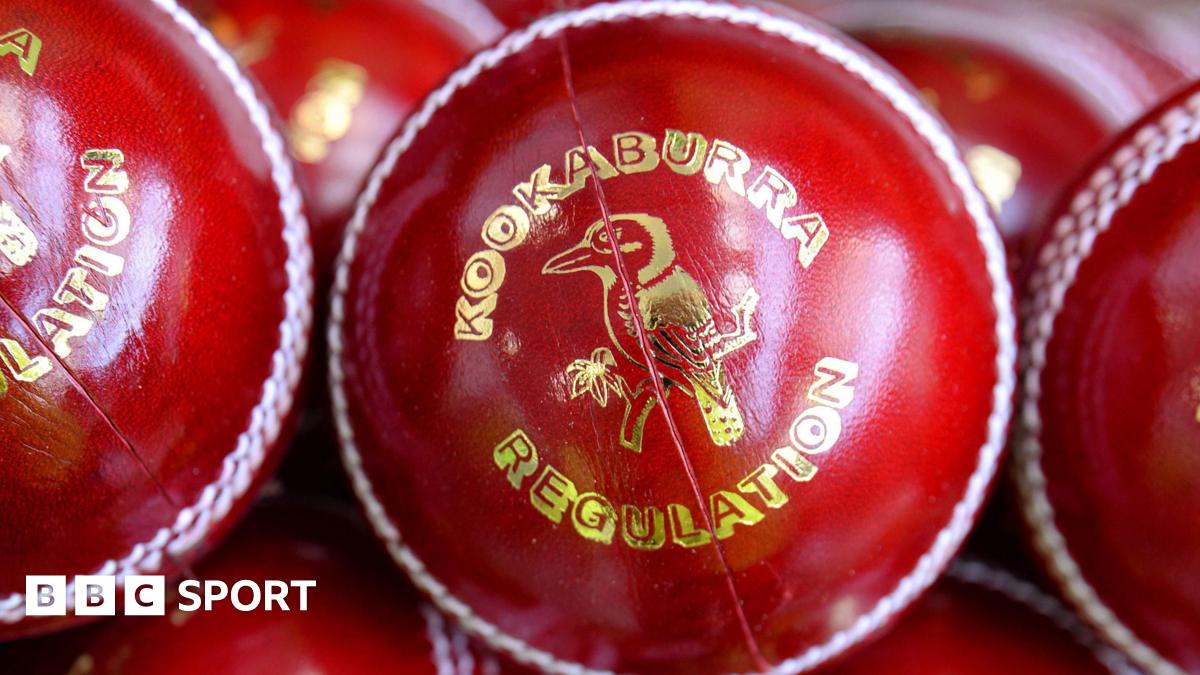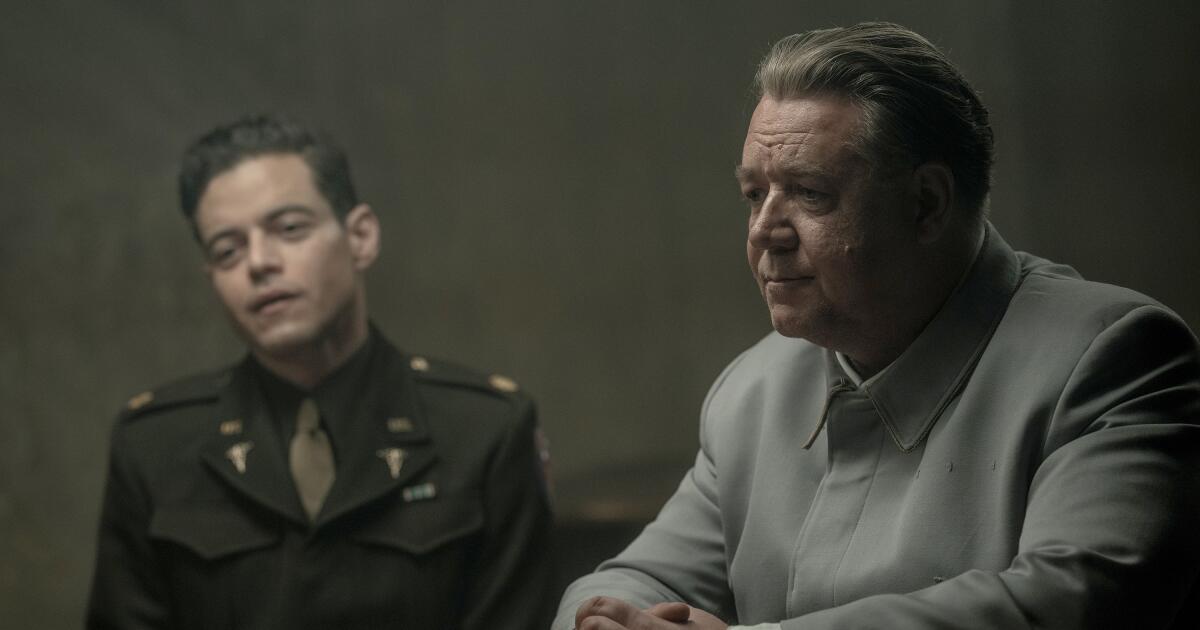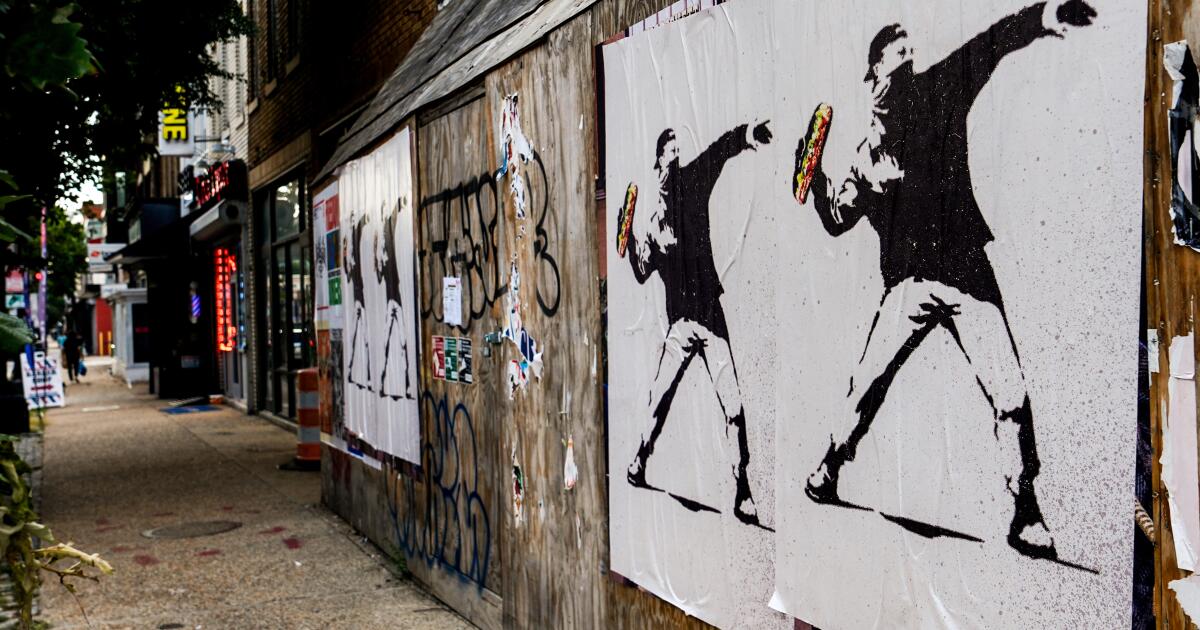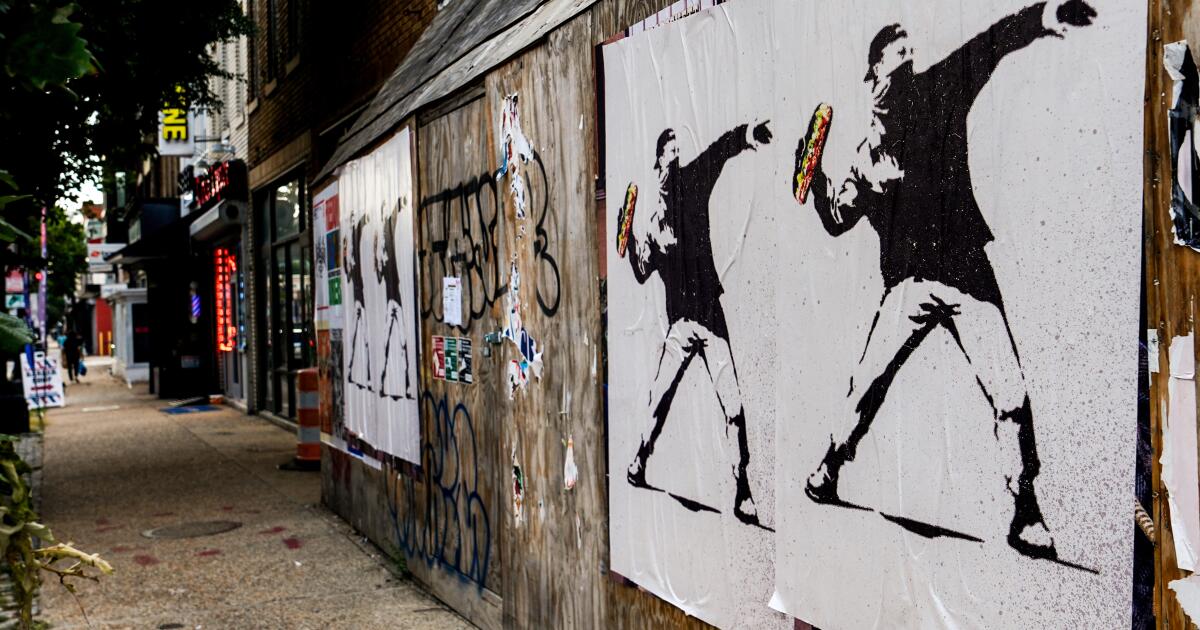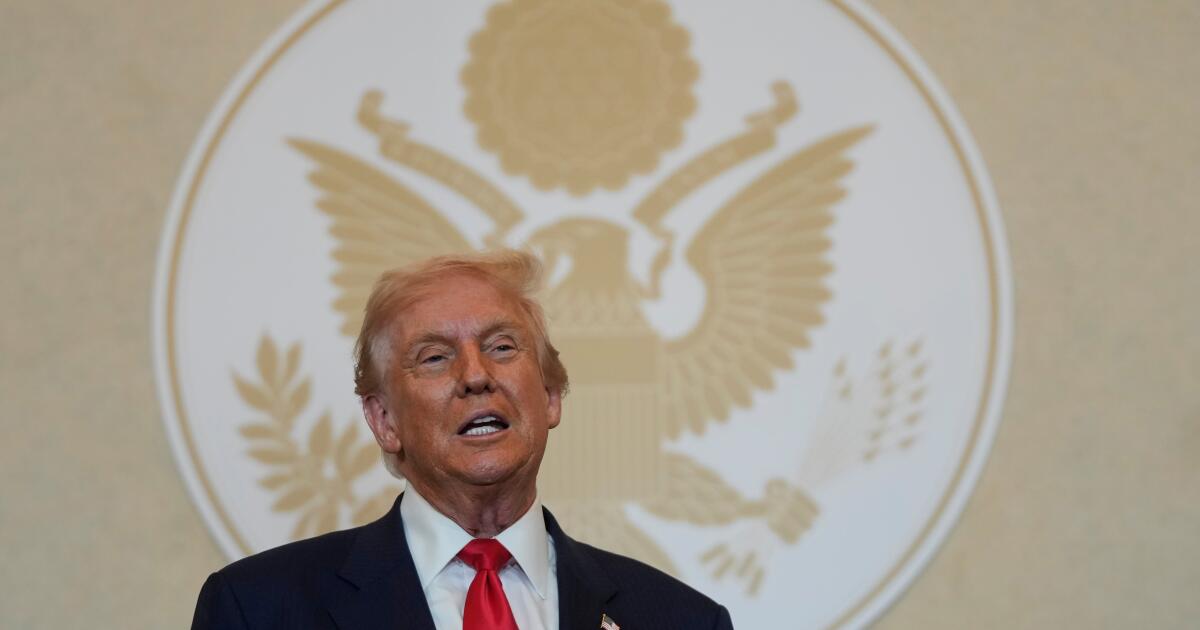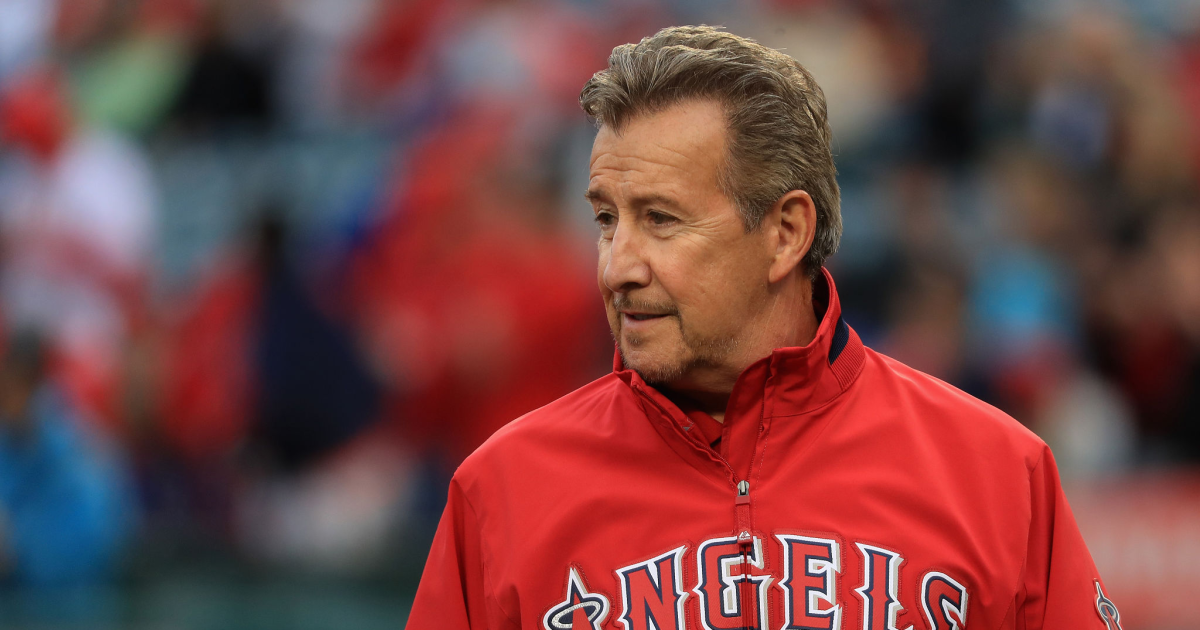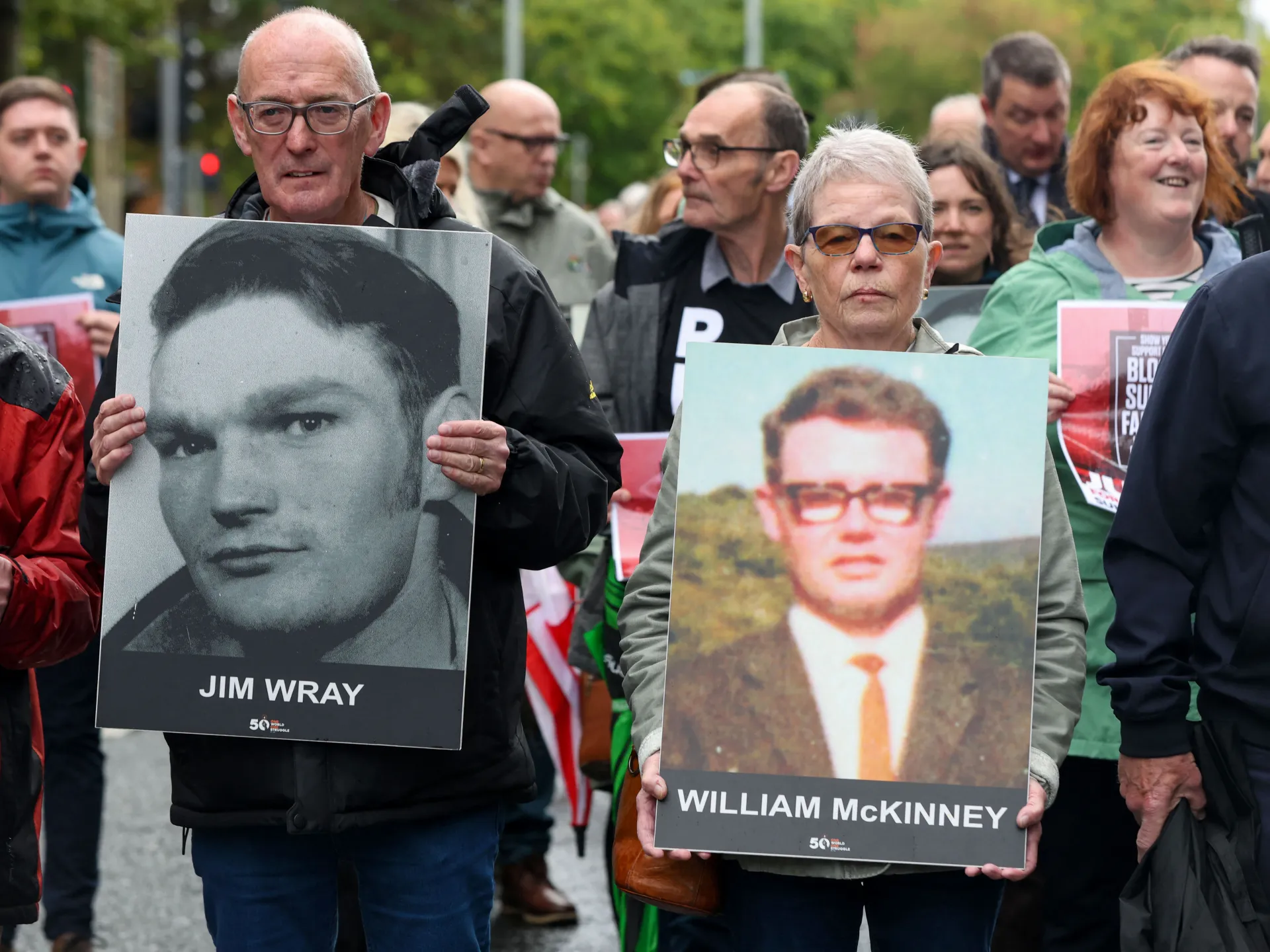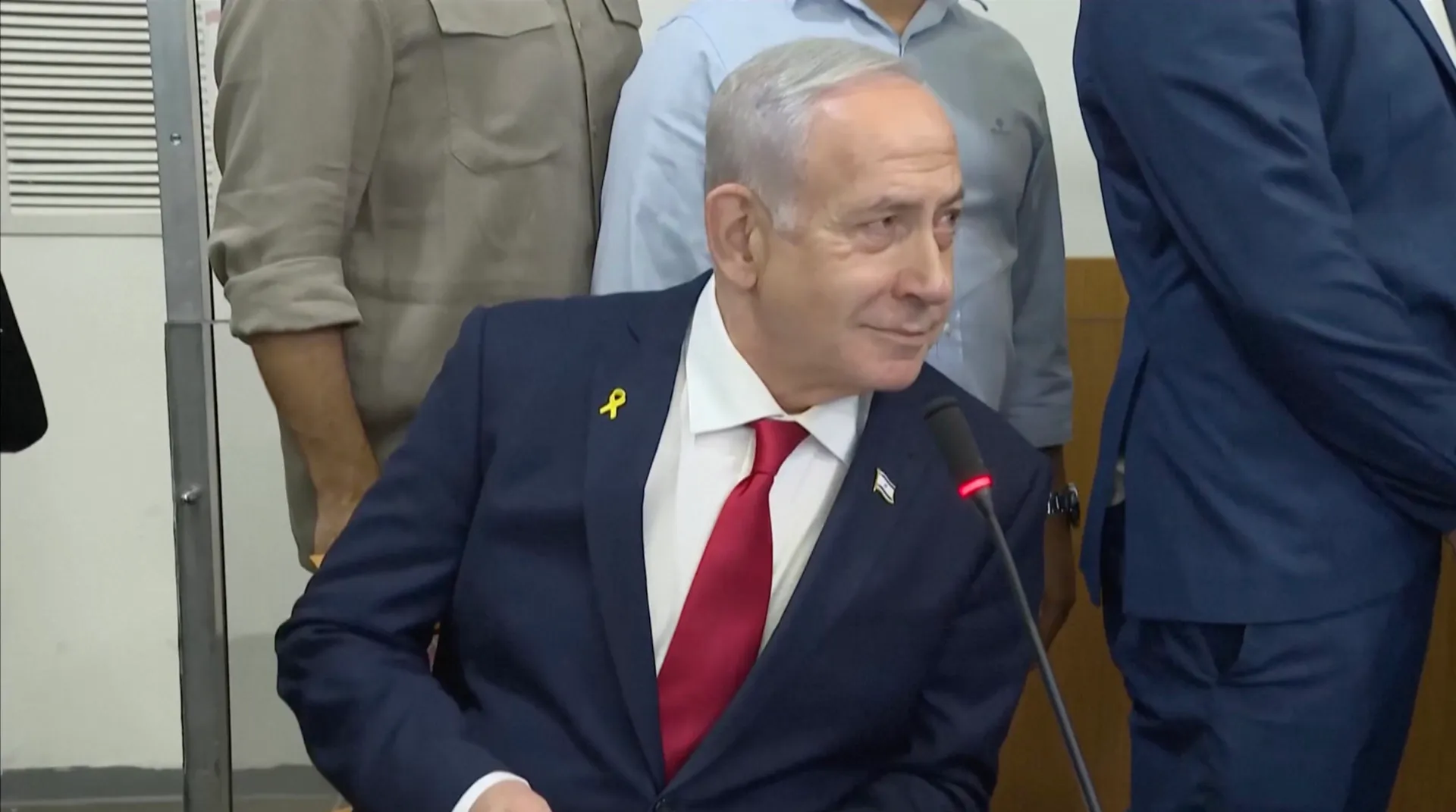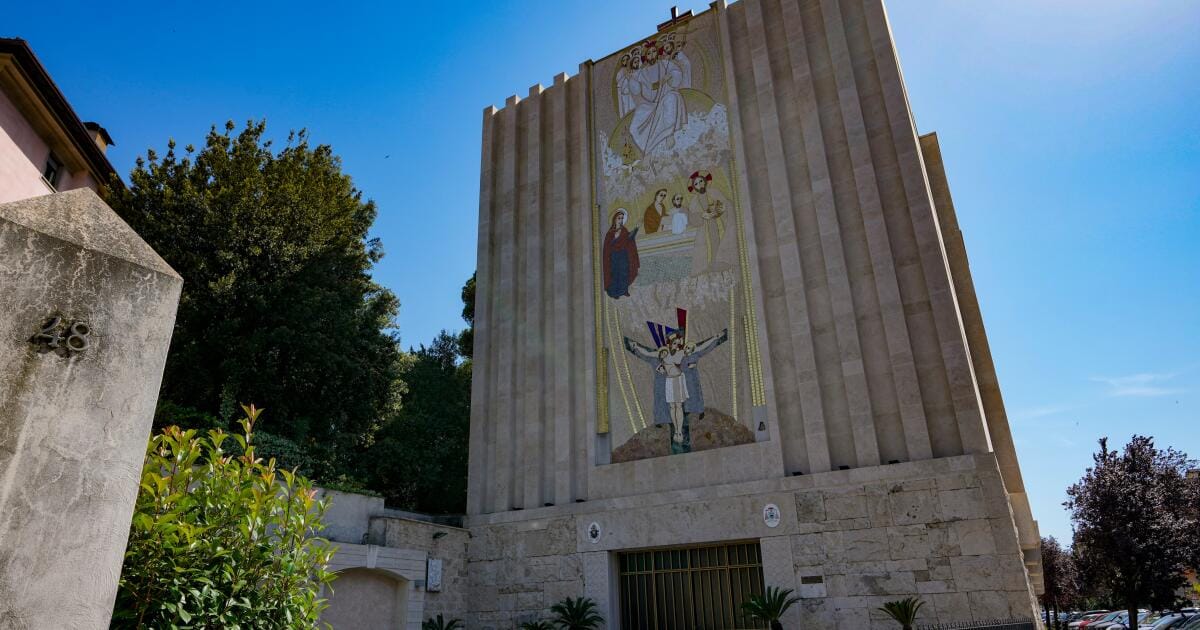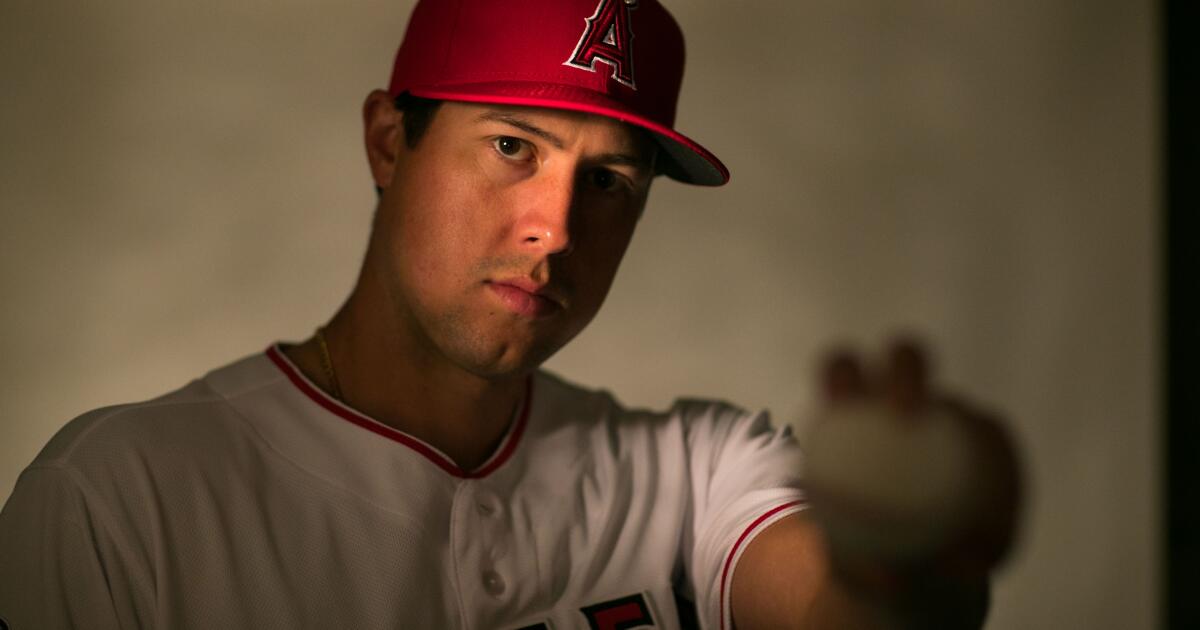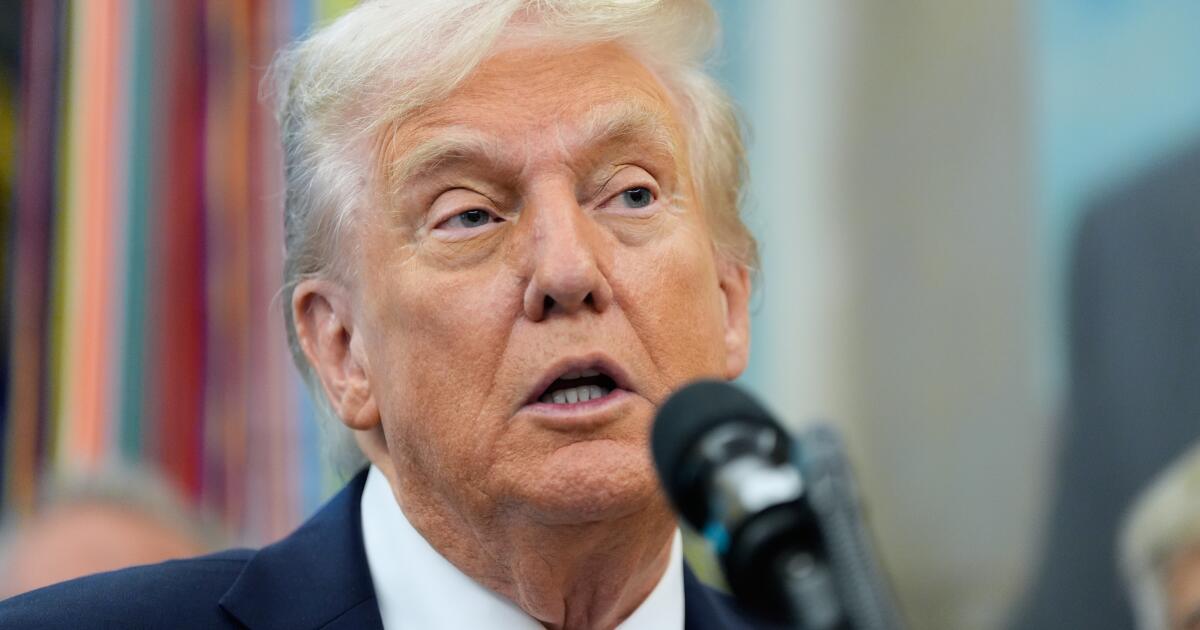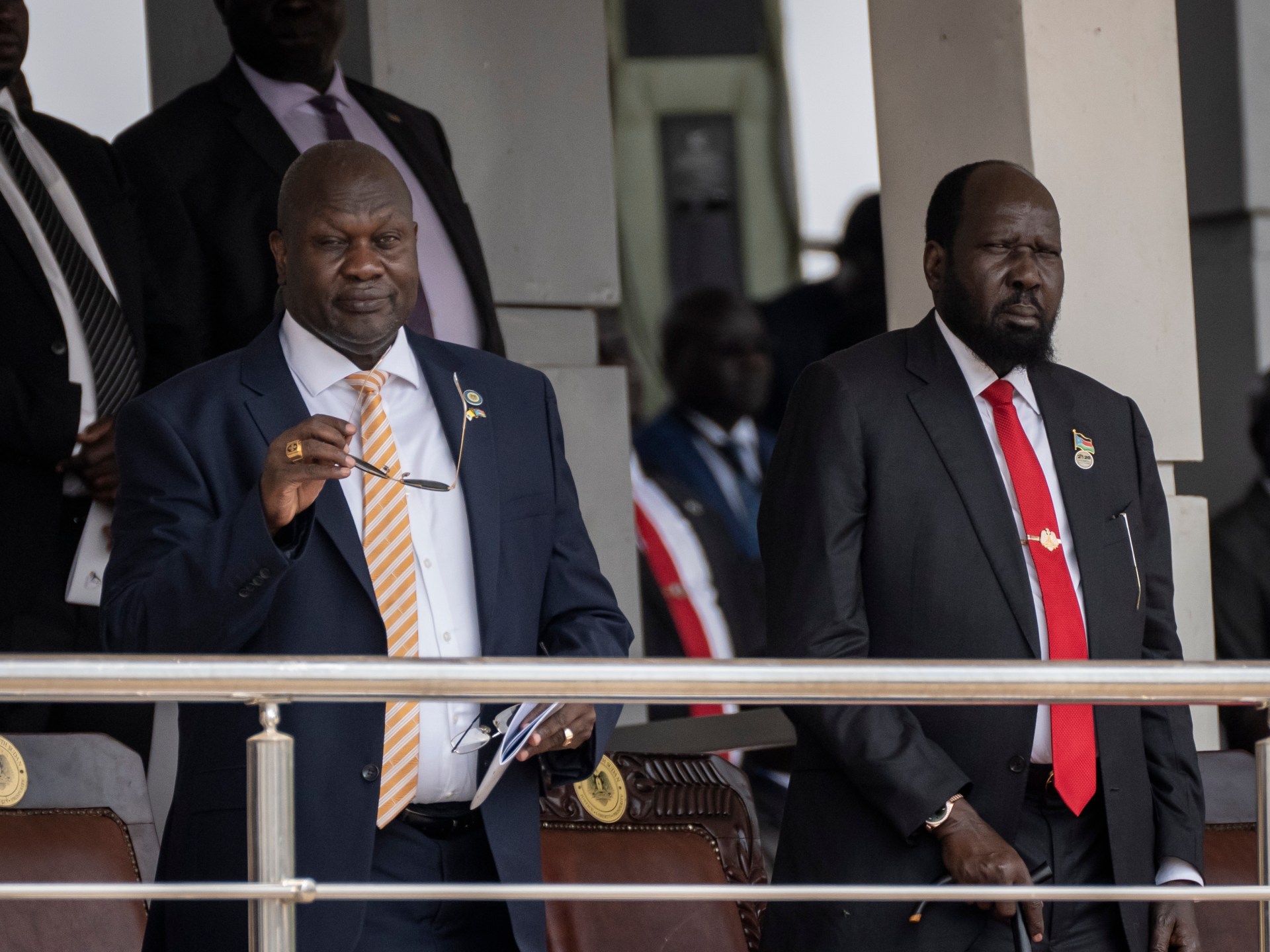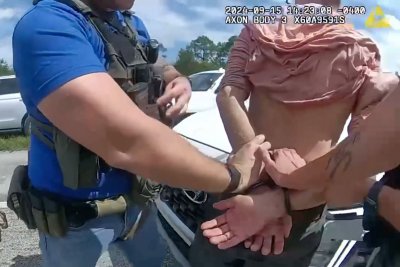U.S. Border Patrol Sector Chief Gregory Bovino — the brash agent who led a phalanx of military personnel into MacArthur Park this summer — was called as a witness Wednesday in a misdemeanor assault case against a protester, who allegedly struck a federal agent.
Bovino, one of the faces of President Trump’s immigration crackdown that began in Los Angeles and is now underway in Chicago, took the stand to testify that he witnessed an assault committed by Brayan Ramos-Brito in Paramount on June 7.
Outfitted in his green Border Patrol uniform, Bovino testified that he witnessed Ramos-Brito drag his arm back and strike an agent with an open palm in the chest.
The incident occurred during a skirmish outside a federal building between federal law enforcement agents and locals frustrated by Trump’s immigration policies.
On a cross-examination, federal public defender Cuauhtemoc Ortega questioned Bovino about being the subject of a misconduct investigation a few years ago and receiving a reprimand for referring to undocumented immigrants as “scum, filth and trash.”
Bovino denied referring to undocumented immigrants that way and said he was referring to “a specific criminal illegal alien” — a Honduran national who he said had raped a child and reentered the United States and had been caught at or near the Baton Rouge Border Patrol station.
“I said that about a specific individual, not about undocumented peoples, that’s not correct,” he said.
Ortega pushed back, reading from the reprimand, which Bovino signed, stating that he was describing “illegal aliens.”
“They did not say one illegal alien,” Ortega said. “They said you describing illegal aliens, and or criminals, as scum, trash and filth is misconduct. Isn’t that correct?”
“The report states that,” Bovino said.
Ortega said that Bovino was warned if he committed any instance of misconduct again, “you could be fired.”
More than 40 people have been charged with a range of federal offenses, including assaulting officers and interfering with immigration enforcement, at either downtown protests or the scene of immigration raids throughout the region this summer, the U.S. attorney’s office in L.A. said this week.
Ramos-Brito’s case is the first to go to trial.
The case centers around a protest outside the Paramount Business Center, across the street from Home Depot.
Already tensions were high, with federal officials raiding a retail and distribution warehouse in downtown L.A. in early June, arresting dozens of workers and a top union official.
At the Paramount complex, which houses Homeland Security Investigation offices, protesters began arriving around 10 a.m on June 7. Among them was Ramos-Brito.
Several videos played in court Tuesday showed Ramos-Brito and another man cursing at Border Patrol agents and stepping inches from their faces with balled fists. At one point, Ramos-Brito approached multiple Border Patrol agents who appeared to be Latino and said “you’re a f—ing disgrace if you’re Mexican.”
Asst. U.S. Atty. Patrick Kibbe said that while many protesters were “passionately” demonstrating, Ramos-Brito crossed a line by striking U.S. Border Patrol Agent Jonathan Morales.
“There’s a constitutional right to protest peacefully. It is a crime to hit a federal officer,” Kibbe said.
Federal public defender M. Bo Griffith, however, said Ramos-Brito was the victim of an assault, not the other way around.
Both social media and body-worn camera footage played in court clearly show Morales shove Ramos-Brito first, sending him flying backward into the busy intersection of Alondra Blvd. While footage shows Morales marching back toward the agent with his fists balled, no angle clearly captures the alleged assault.
Aside from Morales, three other agents took the stand Tuesday, but none said they saw Ramos-Brito hit Morales. None of the agents who testified were outfitted with body-worn cameras that day, according to Border Patrol Asst. Chief Jorge Rivera-Navarro, who serves as chief of staff for “Operation At Large” in Los Angeles.
Some of the Border Patrol agents swarming L.A. in recent months come from stations that don’t normally wear body-worn cameras, according to Navarro. He testified that he has since issued an order that led to cameras being distributed to agents working in L.A.
The clash that led to the assault charge started when Ramos-Brito stepped to U.S. Border Patrol Agent Eduardo Mejorado, who said he repeatedly asked Ramos-Brito to move to the sidewalk as the protest was blocking traffic. Video shows Mejorado place his hand on Ramos-Brito’s shoulder twice, and the defendant swatting it away.
At that point, Morales, a 24-year veteran of the Border Patrol, said he thought he needed to step in and de-escalate the situation between his fellow agent and Ramos-Brito. He did so by shoving Ramos-Brito backward into the intersection, according to video played in court. Morales said Ramos-Brito then charged at him while cursing and threw a punch at the upper part of his chest and throat.
On cross-examination, Griffith confronted Morales and Mejorado with inconsistencies between descriptions of the event they previously gave to a Homeland Security Investigations officer and their testimony in court. It was not the first time such a discrepancy affected the case.
Federal prosecutors previously dropped charges against Jose Mojica, another protester who was arrested alongside Ramos-Brito, after video footage called into question the testimony of an immigration enforcement agent.
According to an investigation summary of Mojica’s arrest previously reviewed by The Times, Mejorado claimed a man was screaming in his face that he was going to “shoot him,” then punched him at the Paramount protest. The officer said he and other agents started chasing the man, but were “stopped by two other males,” later identified as Mojica and Ramos-Brito.
Video played in court Tuesday and previously reported by The Times shows that sequence of events did not happen. Ramos-Brito and Mojica were arrested in a dogpile of agents after Ramos-Brito allegedly struck Mojica. There was no chase.
Questioned about Mojica’s case in July, a Homeland Security spokesperson said they were unable to comment on cases “under active litigation.”
Defense attorneys said Ramos-Brito sustained multiple contusions on his face, neck and back and had cuts and scrapes on his body from being dragged across the pavement later.
According to his attorneys, Ramos-Brito’s only prior interaction with law enforcement was for driving without a license.
The case could prove to be a bellwether for other immigration protest charges filed by Acting U.S. Atty. Bill Essayli in a region where many potential jurors have negative views of immigration enforcement, or may be immigrants themselves.
On Tuesday morning, U.S. District Judge Stephen V. Wilson had to remove 21 potential jurors from the pool, several of whom said they could not be impartial due to their views on immigration policy.
Many of the potential jurors said they were first or second generation immigrants from the Philippines, Colombia, Bulgaria, Jamaica and Canada.
“I believe that immigrants are part of this country and I’m kind of partial with the defendant,” said one man, a landscaper from Lancaster.
